Is it Ethical to Thrift Clothing for Resale?
Thrift Shopping is great for the environment, as it prevents the ongoing struggles of pollution, waste, and destroys the idea of fast fashion, making it a great alternative to shop for clothing.
However, due to new apps being created such as Depop, Thredup, Poshmark, etc, thrifting is becoming an issue. Although it is becoming very popular to resell clothing on these various websites, it is being exemplified that it is highly unethical to buy and resell on these websites.
With over 40% of low income families and 22% of poor families living in the United States according to the United States Census Bureau, many of them have no option but to shop at thrift stores. These websites and apps cause people to purchase in bulk at thrift shops and resell for a higher price, which takes away many of the positive factors of thrifting. Although thrifting is not bad for the environment and is seen as a way to stop fast fashion, it is unethical to buy in bulk to resell when there are low income families that need those articles of clothing.
When shopping on these websites, it seems that the prices are higher as to when it was first purchased at a thrift store. Many sellers will market their objects as “vintage” or “one of a kind” and sell them for a shocking price, bringing in absurdly high amounts of profit for the seller.
“The idea that rising thrift store prices are related to corporate greed is shortsighted. Rising prices may in fact be an economic comeuppance related to an overzealous resale gig economy,” said Julie Kuenneke from Re-Make. Kuenneke’s believes the resale issue has gotten so bad, it as though resellers believe the stores are there to serve as cheap suppliers for their online shops. The big issue with this cycle is how consumers do not limit themselves. Consumers tend to buy more than they need, causing many problems for our environment and for the people who are in need of these objects.
“Resale is expected to overtake the traditional thrift and donation segment by 2024,” said by ThreadUp in the 2020 Resale Report, while discussing the feature plans for the next generations of thrifting.
More websites such as Ebay, Etsy, Amazon are all inclusive of helping small businesses, but many of these sellers will scanvage through their local thrift shops or lower retailers and try to find anything vintage or high end to try and resell on their page to make a huge profit from.
Many lower class families feel wronged by these people who are buying in bulk, and reselling to make a profit on these websites. “The upper class essentially sees it as a toy store. Something to find stuff that’s fun, like a kind of playground,” said by Spencer James in a 2010 Brigham Young study. Essentially, there are thrifters who are privileged and could afford to buy clothing elsewhere, versus others who fully depend on thrift shops for all of their clothing.
“There are people who need these clothes, so I can see where buying and reselling could be an issue,” said Annaie Franco, a senior at Cam High. “It’s not ethical to buy in bulk, but in moderation.”
Thrifting has done an excellent job in limiting the underlying problem of fast fashion, but has since created a new problem by not limiting resellers. The many families that are struggling on a day to day basis are feeling wronged, and want these websites to stop making profit over the clothing and objects they need.

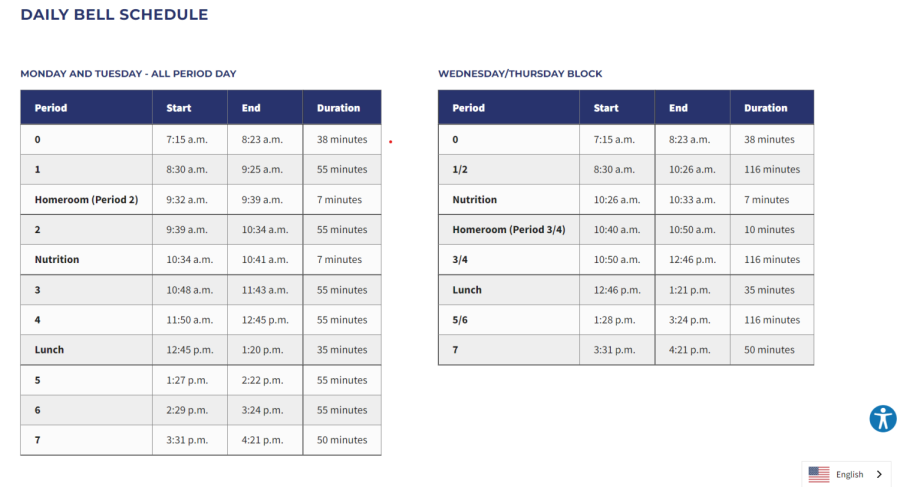






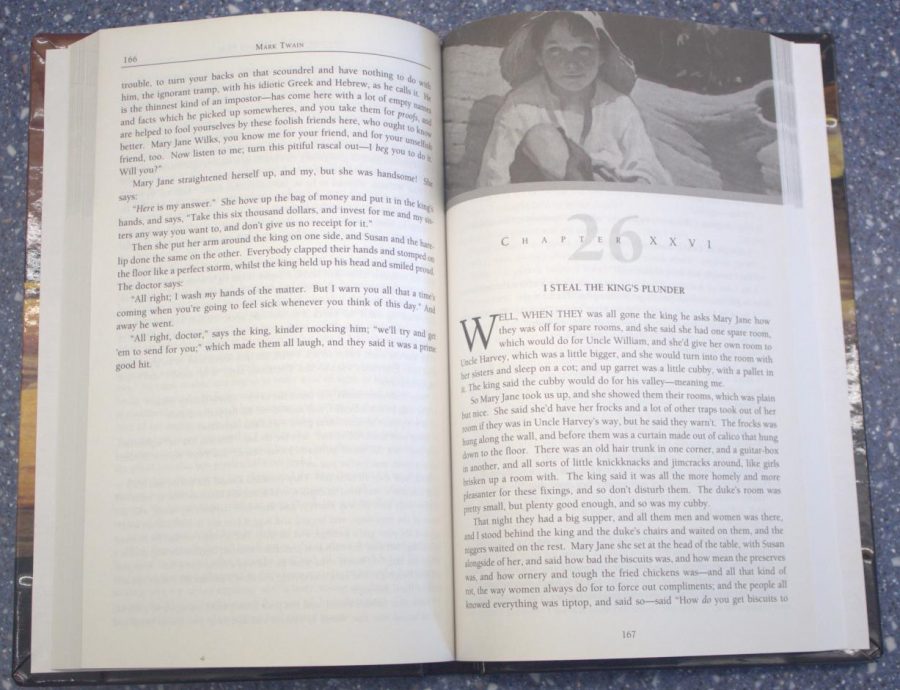
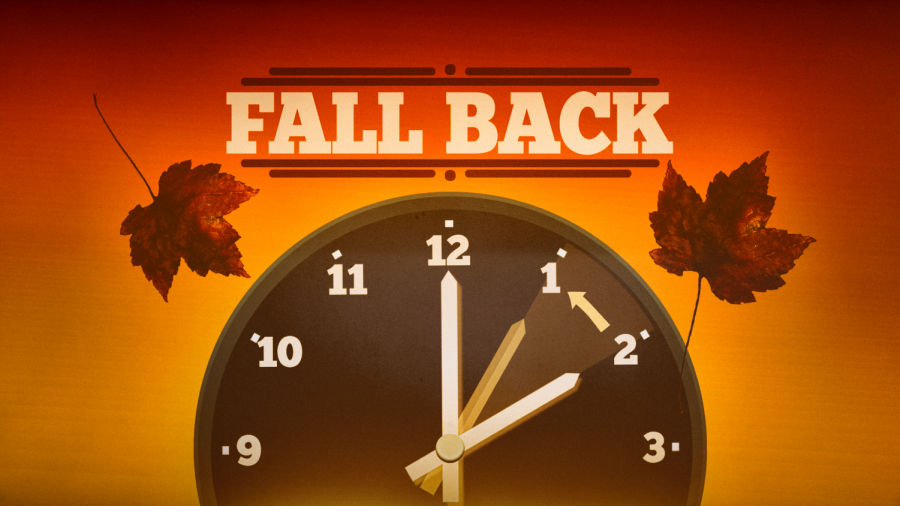






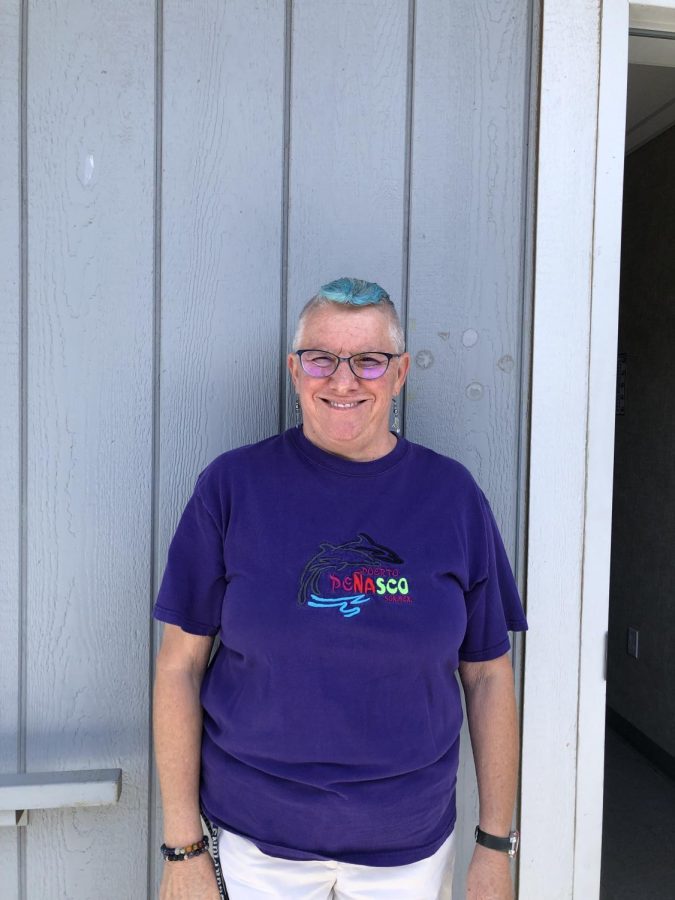









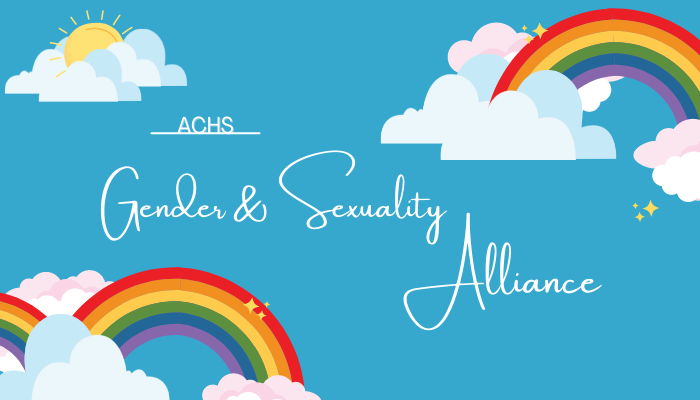
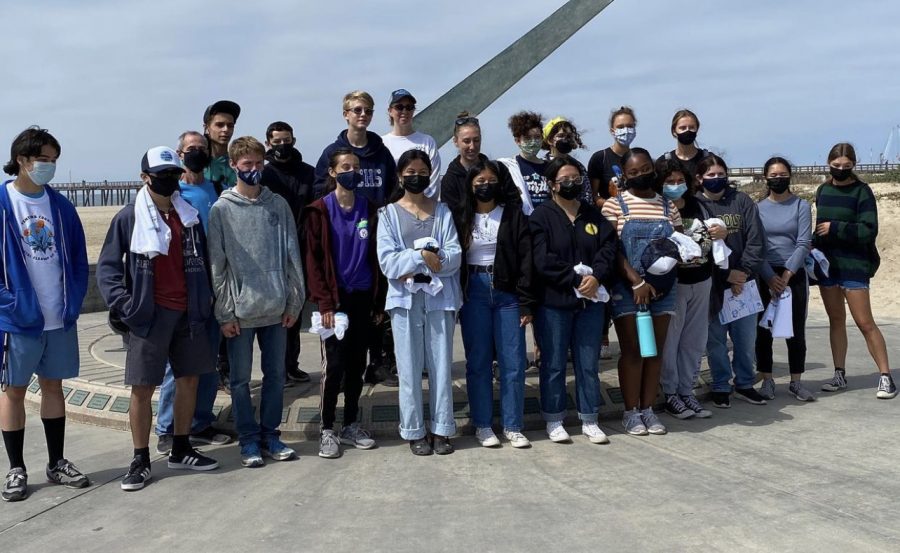













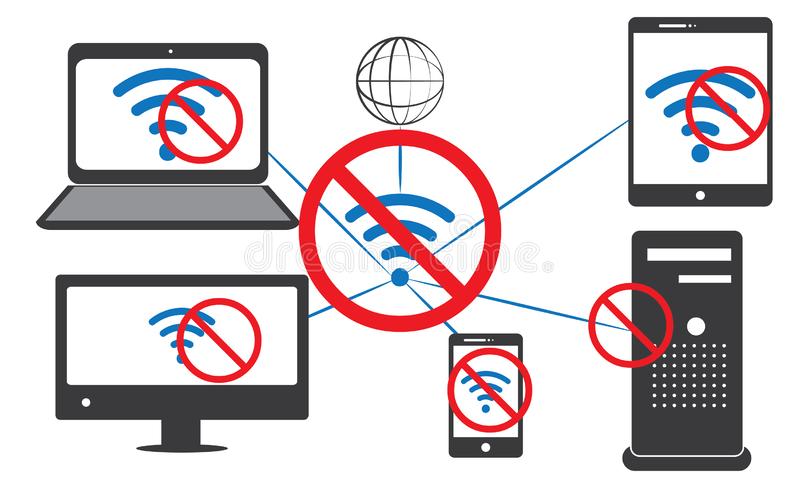
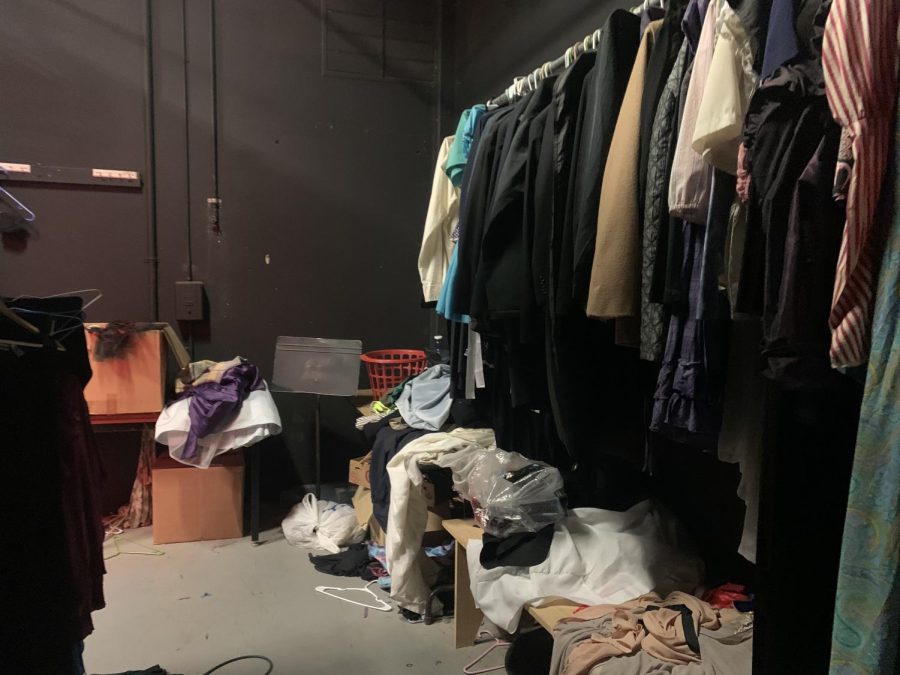



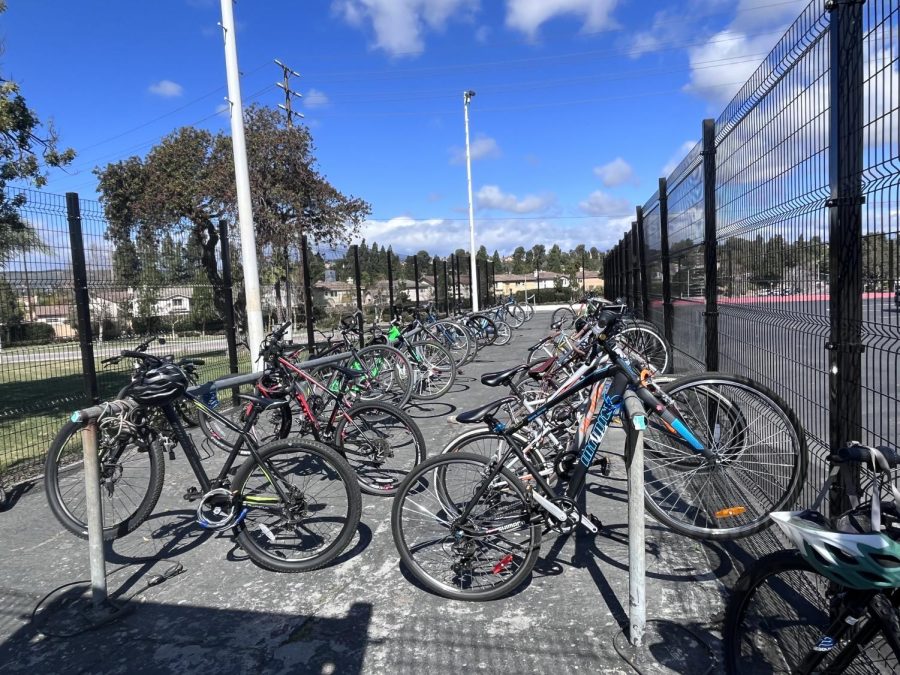

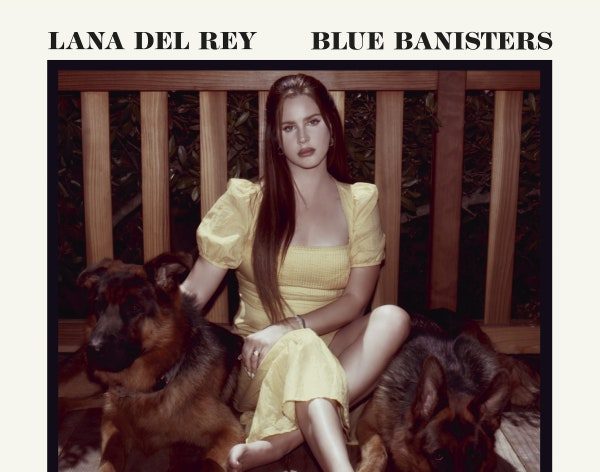
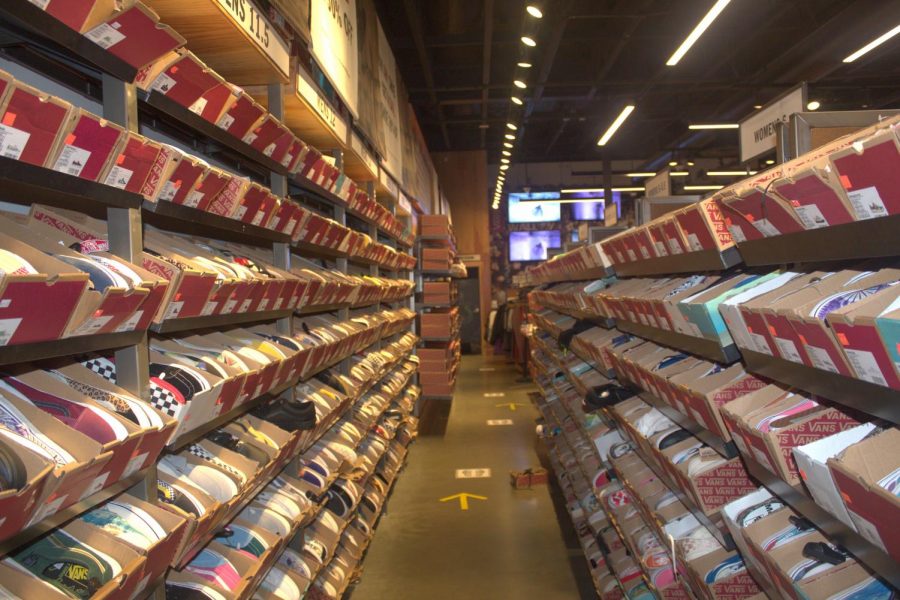
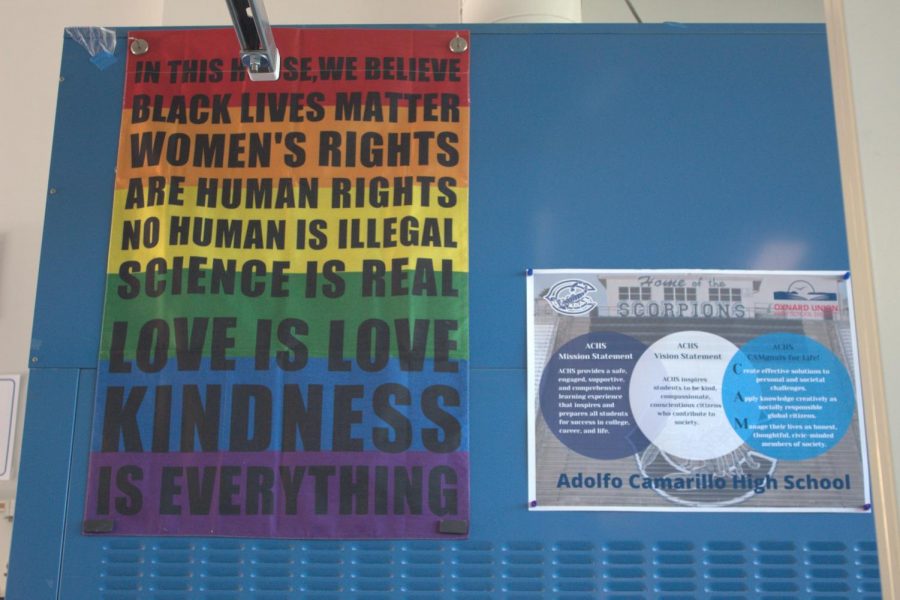
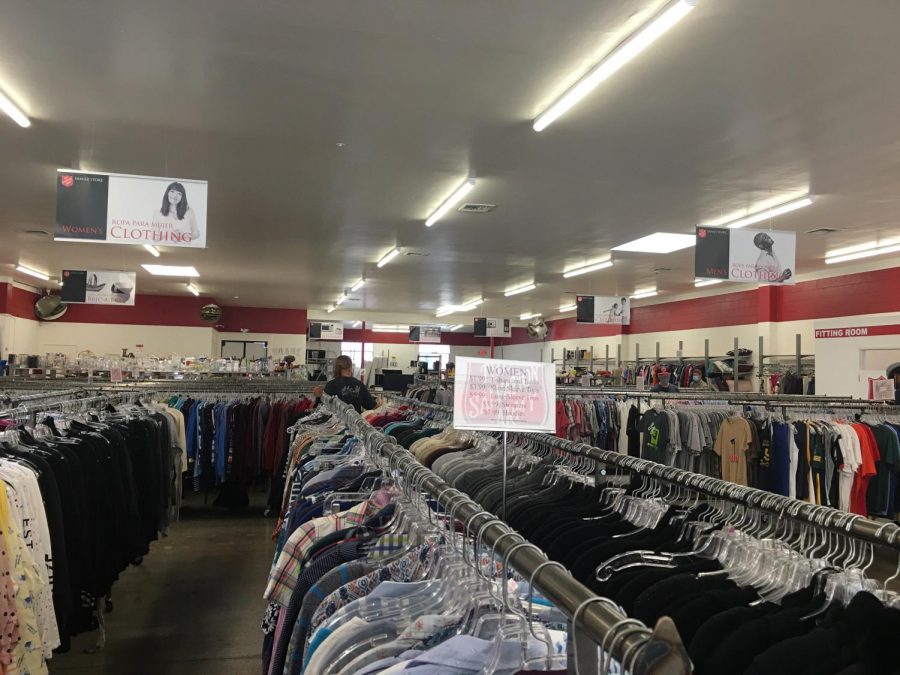

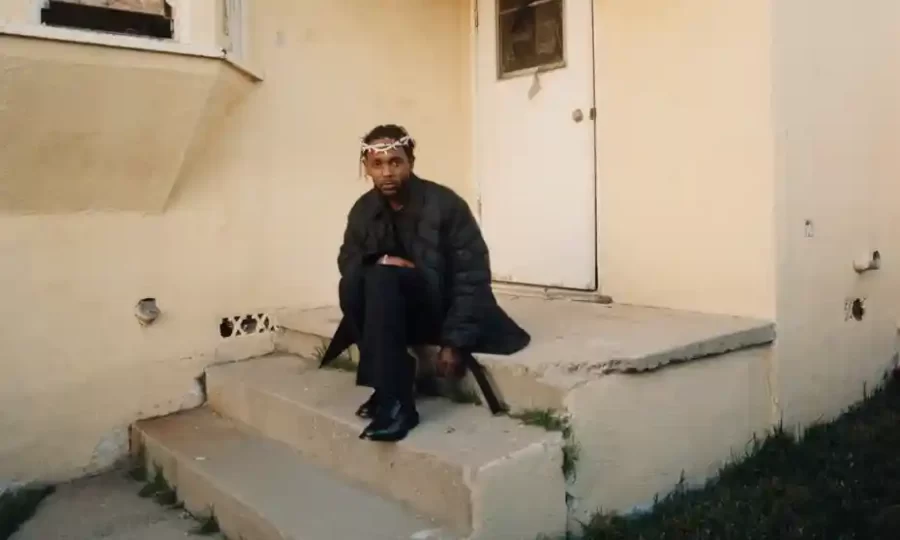





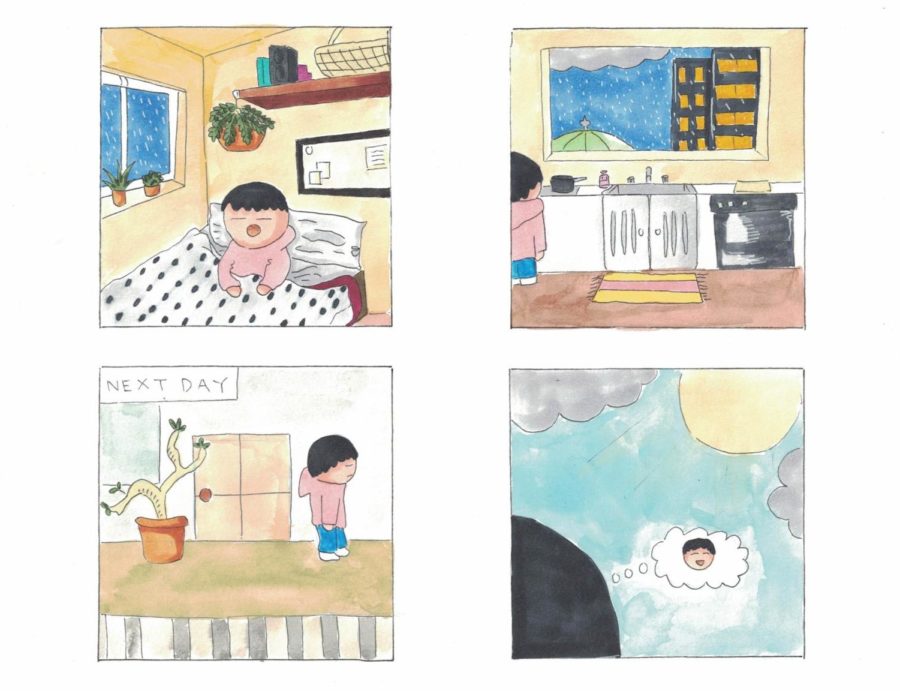
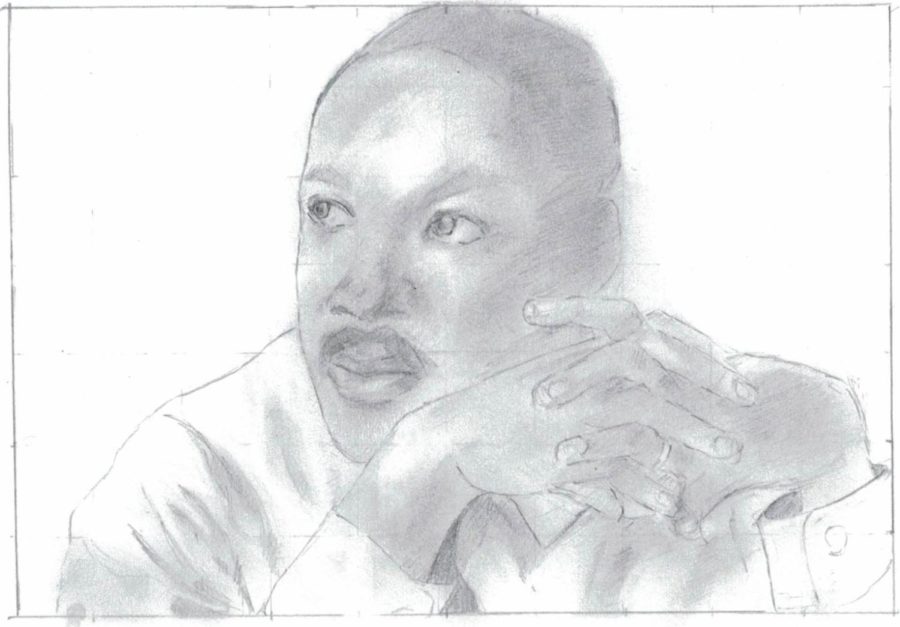
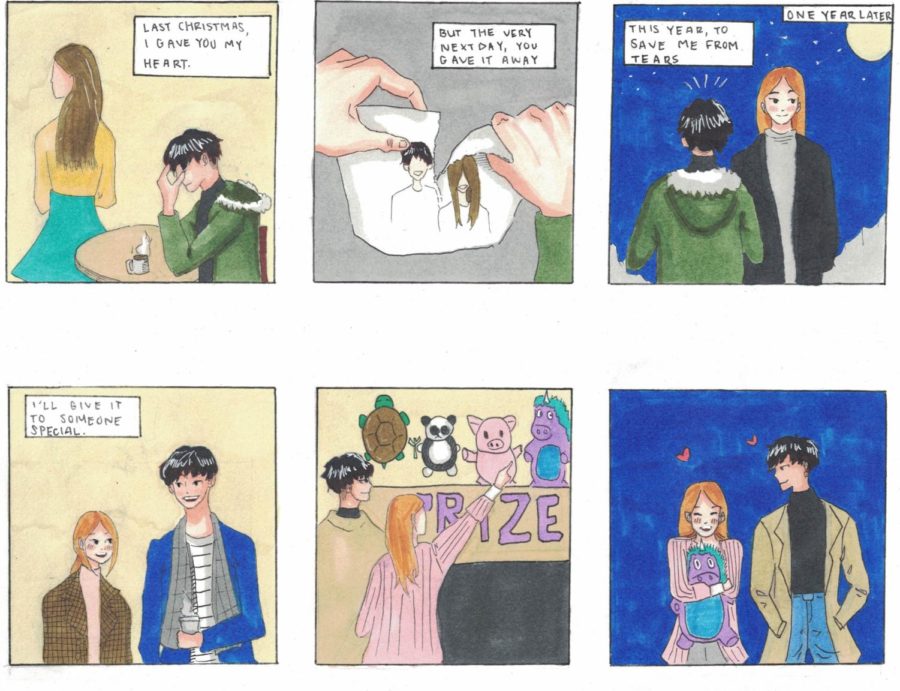
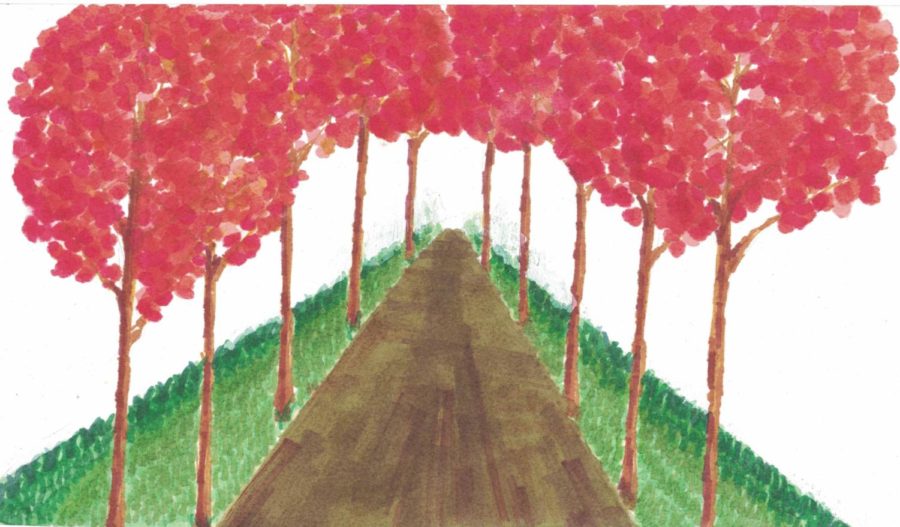
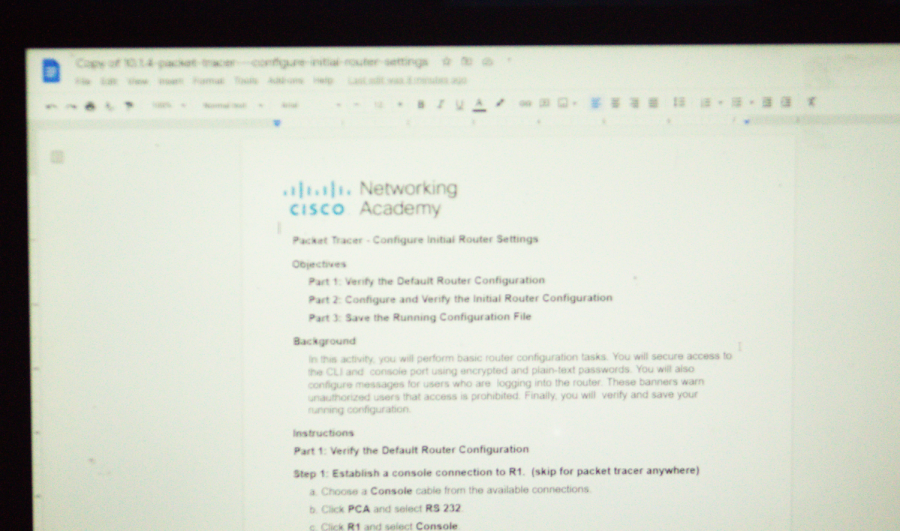





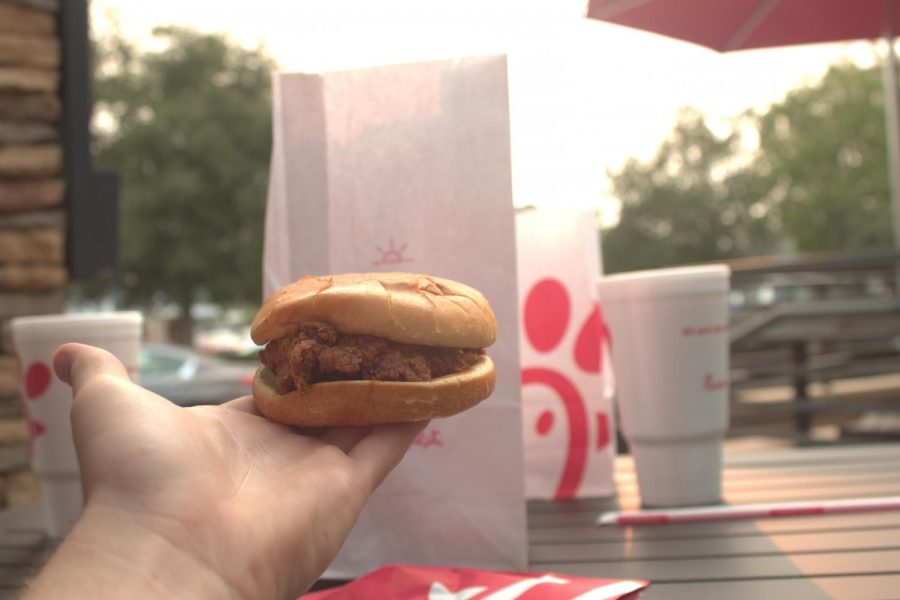
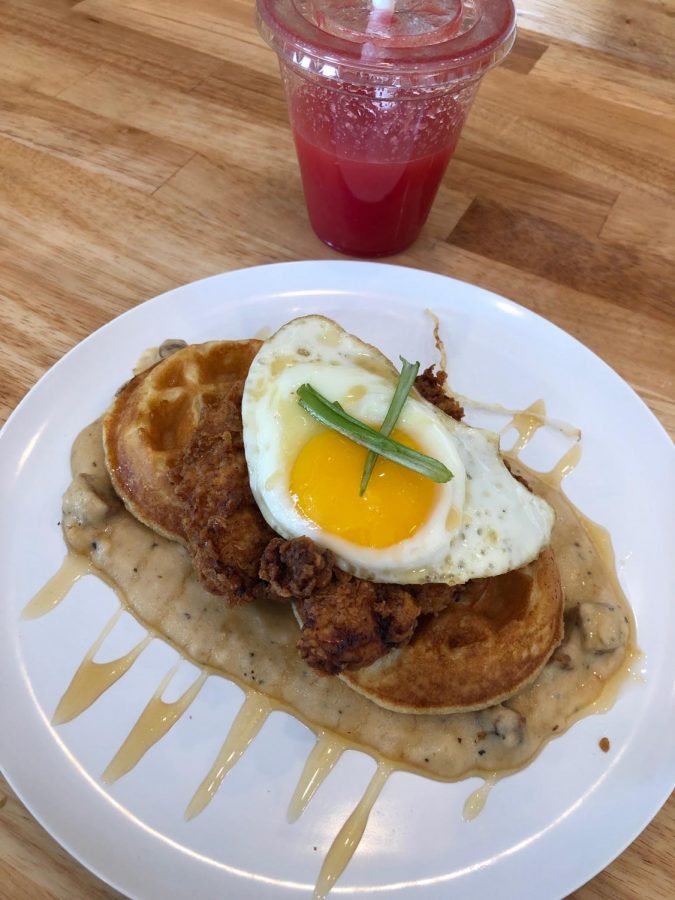

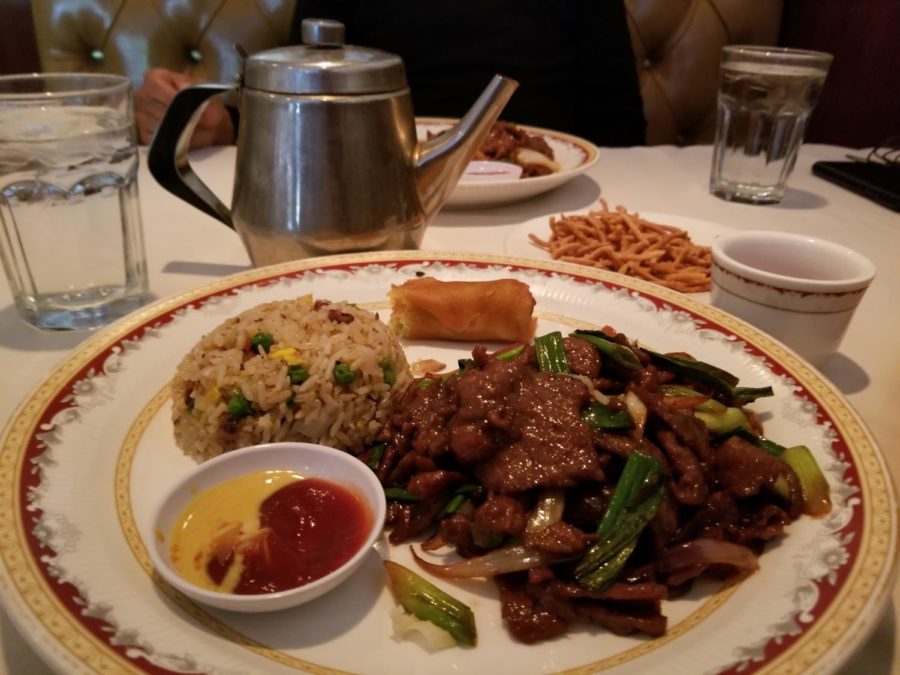




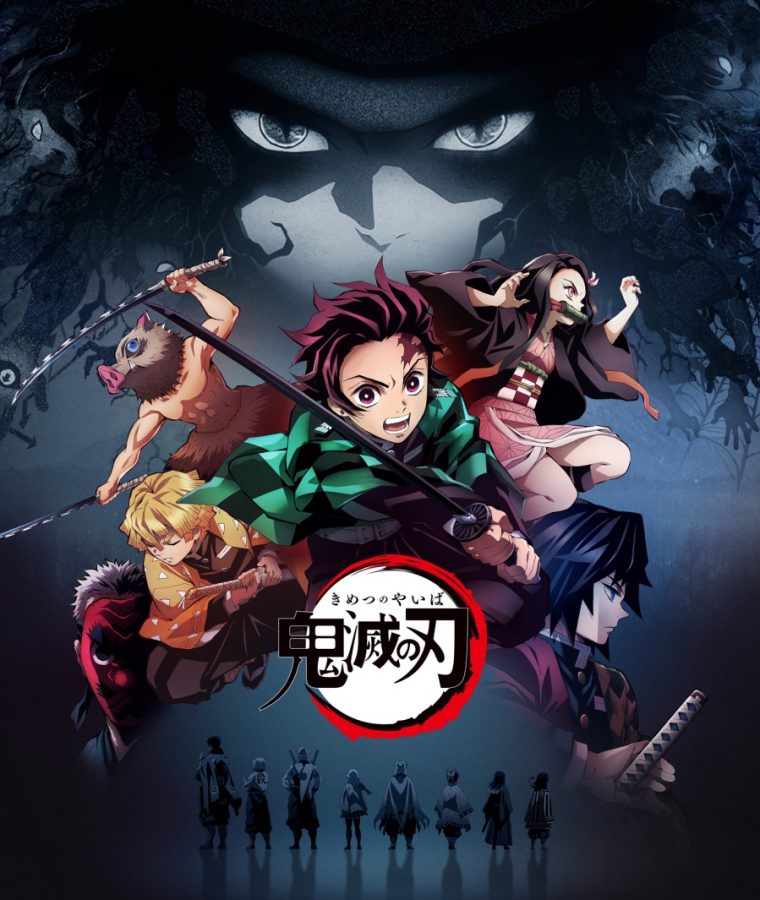



![Senior Ditch Day... Relaxation or Truancy? [Video]](https://achsstinger.com/wp-content/uploads/2017/10/IMG_7119-900x599.jpg)
![Heavy Rain Hits Cam High [video]](https://achsstinger.com/wp-content/uploads/2017/02/maxresdefault-900x506.jpg)


